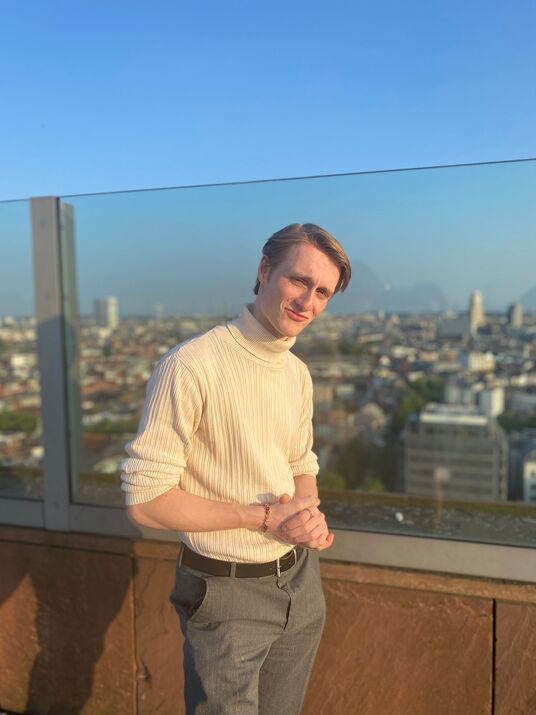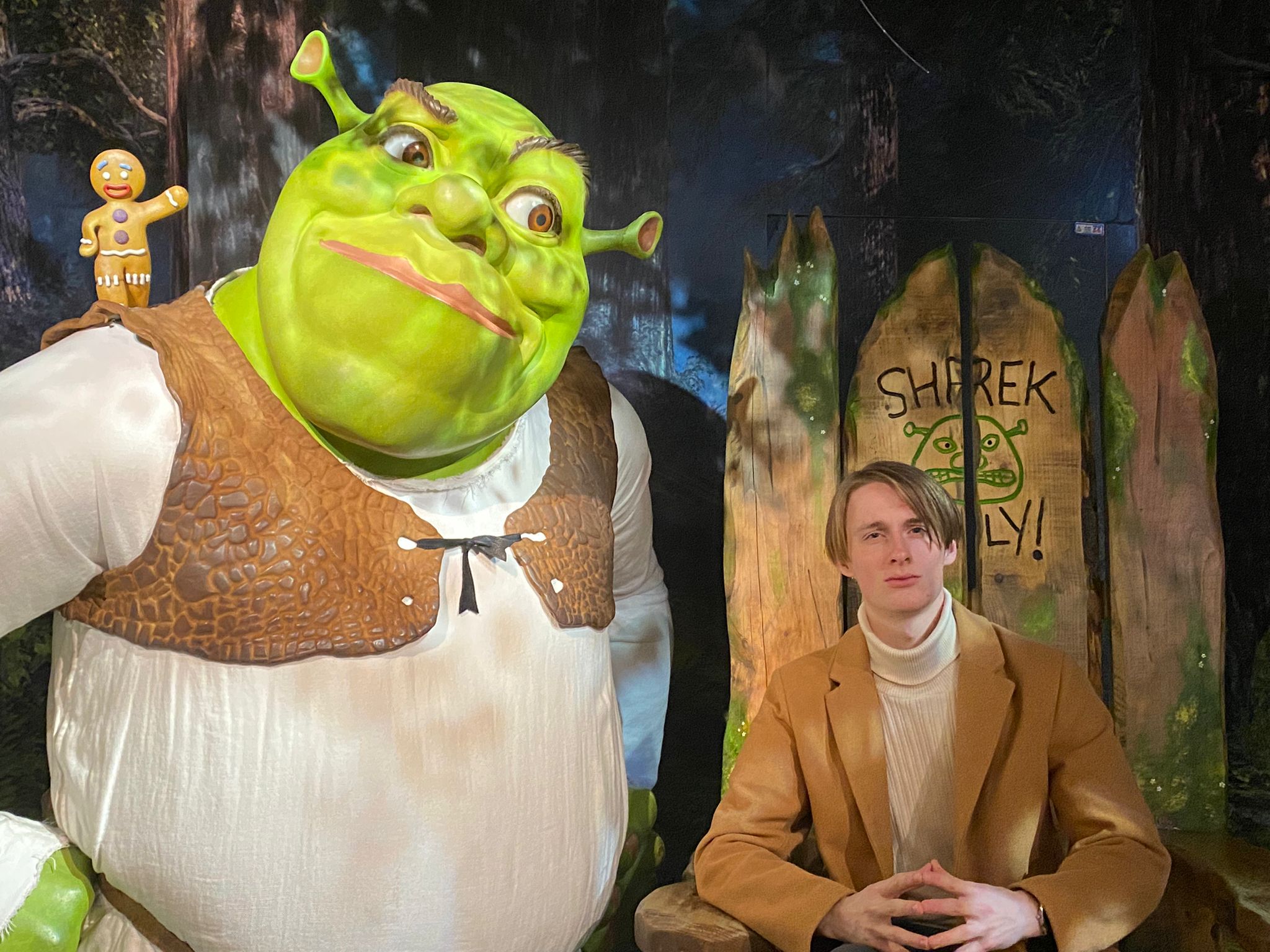
I created this virtual autobiography as a way to stand out and express myself.
I want to show that I welcome change and embrace innovation.
This book is part of a larger project I'm developing. My goal is to provide an interactive way for you to get to know me.
It offers a glimpse into my life, sharing childhood memories and the experiences that have shaped who I am today.
My hope is that by the time you finish this book, you have a good idea of who I am as a person.
As you explore these pages, you'll come across images that you can click to view in more detail.
Here's a sample image, go ahead and give it a try!

You can click the red bookmark on the left anytime to return to the contents page.
To close the book, press the cross in the top right corner.
For the best experience, keep your volume on. You can also mute it from the menu in the top left.
On mobile, I like turning my device sideways (yes, I spent way too long making it responsive).
I'd love to hear your feedback, my contact details are at the end of the book.
Enjoy! 😄
As a child, I was always quite creative. I think that was partly because I didn't grow up with video games, so I had to find other ways to entertain myself.
Sometimes, you'd find me playing pretend in the backyard or playing hide and seek with my dog.
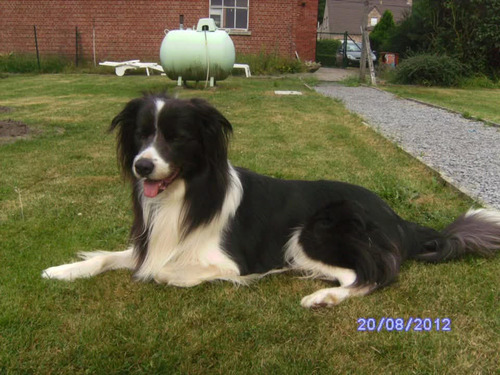
But most often, I was creating: drawing, painting, or building.
It's when I could let my imagination run wild and create whatever I wanted.
One thing I especially loved was creating artworks on the floor.
I would use towels, clothes, utensils, ... Anything I could find.
Then I would arrange everything carefully and climb onto my bed to admire it from above, taking in how all the pieces fit together.
This was inspired by a TV show called Art Attack, where the host would make stunning artworks by placing everyday objects on the floor in a specific pattern.
Afterward, the camera would pan out, revealing the full artwork.
I was always amazed by how a collection of small, simple elements could come together to form something so striking on a larger scale.
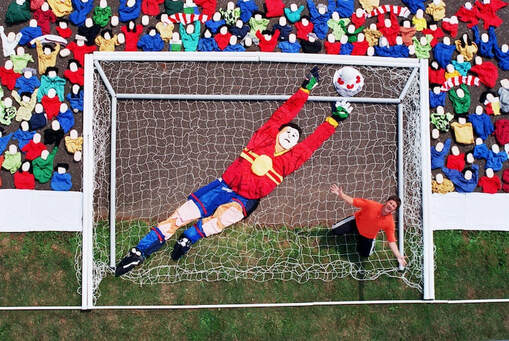 http://www.neilbuchanan.co.uk/big-art.html
http://www.neilbuchanan.co.uk/big-art.html
I ended up creating many of these floor artworks.
Unfortunately, most of the photos I took back then have been lost over time. But a few still remain.
Even so, what really stayed with me wasn't the pictures, it was the perspective I gained. This way of creating art taught me to look at things differently.
I learned not to take objects at face value, but to consider what role they might play within a larger whole.
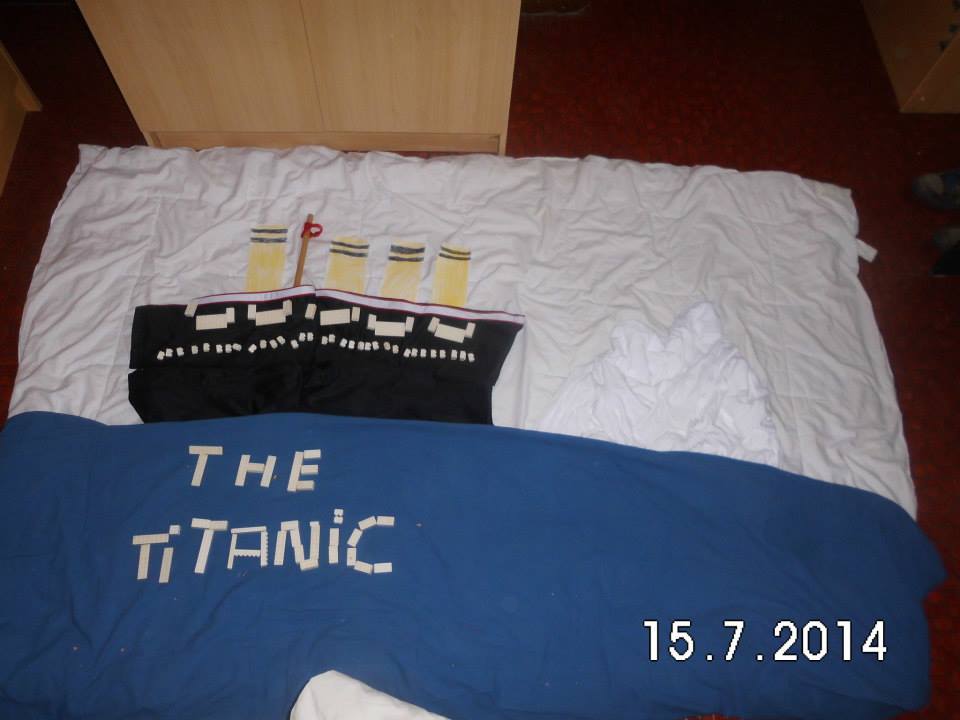
The image at the top resembles the Titanic.
The one on the right, created around the same time, is meant to represent Saint Nicholas.

Like many kids, I didn't enjoy school when I was younger.
I hated sitting still and waiting around. I wanted to move, try things, and actually do stuff.
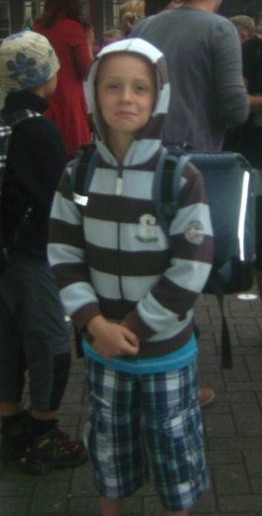
I'm still not a fan of this style of teaching. If learning is an interactive process, teaching should be too.
In short, I didn't like school as a kid.
Luckily, that changed over time, but it definitely shaped my journey before college.
Although I disliked school, I had a genuine love for exploring and learning new things.
During my childhood, I moved quite often, sometimes to entirely new cities.
While many would find that kind of change difficult, I welcomed it. Each move felt like a chance to discover a new place, meet different people, and absorb new experiences.
It also meant switching schools, which I took in stride. As a result, I was exposed to a wide range of subjects throughout high school.
During the first three years of high school, I focused mainly on technical studies.
This period offered plenty of hands-on experience. I learned about electricity, materials science, mechanics, and much more.
In the final three years, at a different school, I studied a high school version of psychology. I had become very interested in how brains work, both human and artificial.
Then, the COVID pandemic broke out and turned everything upside down.
I was in my last year when it all started. The hardest part was not being able to celebrate our graduation properly.
Still, I was grateful to celebrate it with my family.
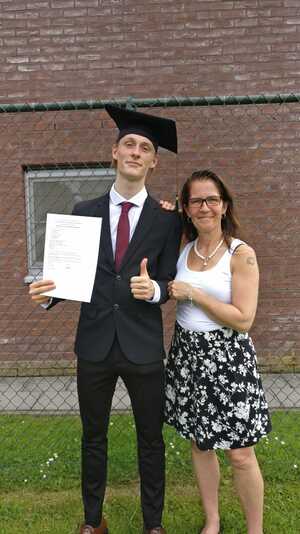
By the age of 14, I already knew what I wanted to study in college.
You see, I had gained access to YouTube, and its algorithm quickly figured out that hacking caught my interest. (By "hacking," I don't mean anything crazy, just some harmless shell scripting.)
I would write random PowerShell scripts on little pieces of paper and keep them in my backpack.
Then, whenever we had a class with computers, I'd pull them out and type them into the terminal.
I loved watching my friends be amazed by what seemed like magic. That's how my interest in ICT was born.
In September 2021, I began studying Applied Computer Science at UC Leuven-Limburg.
The first year was tough. COVID was still affecting the world, and I struggled to adapt to this new style of learning.
Fortunately, by the end of that year, COVID had mostly subsided. Although the damage had already been done, a new opportunity emerged.
Our school embraces innovation, and they used this moment to revamp the entire curriculum.
They changed the courses, the timetables, and even the name of the degree.
As a result, I essentially started over the following year in a completely restructured program.
Over the next three years, I passed all my classes with strong results and meaningful growth.
I officially graduated cum laude in June 2025. This time I was able to celebrate properly, so the pictures are on the other side of this page.

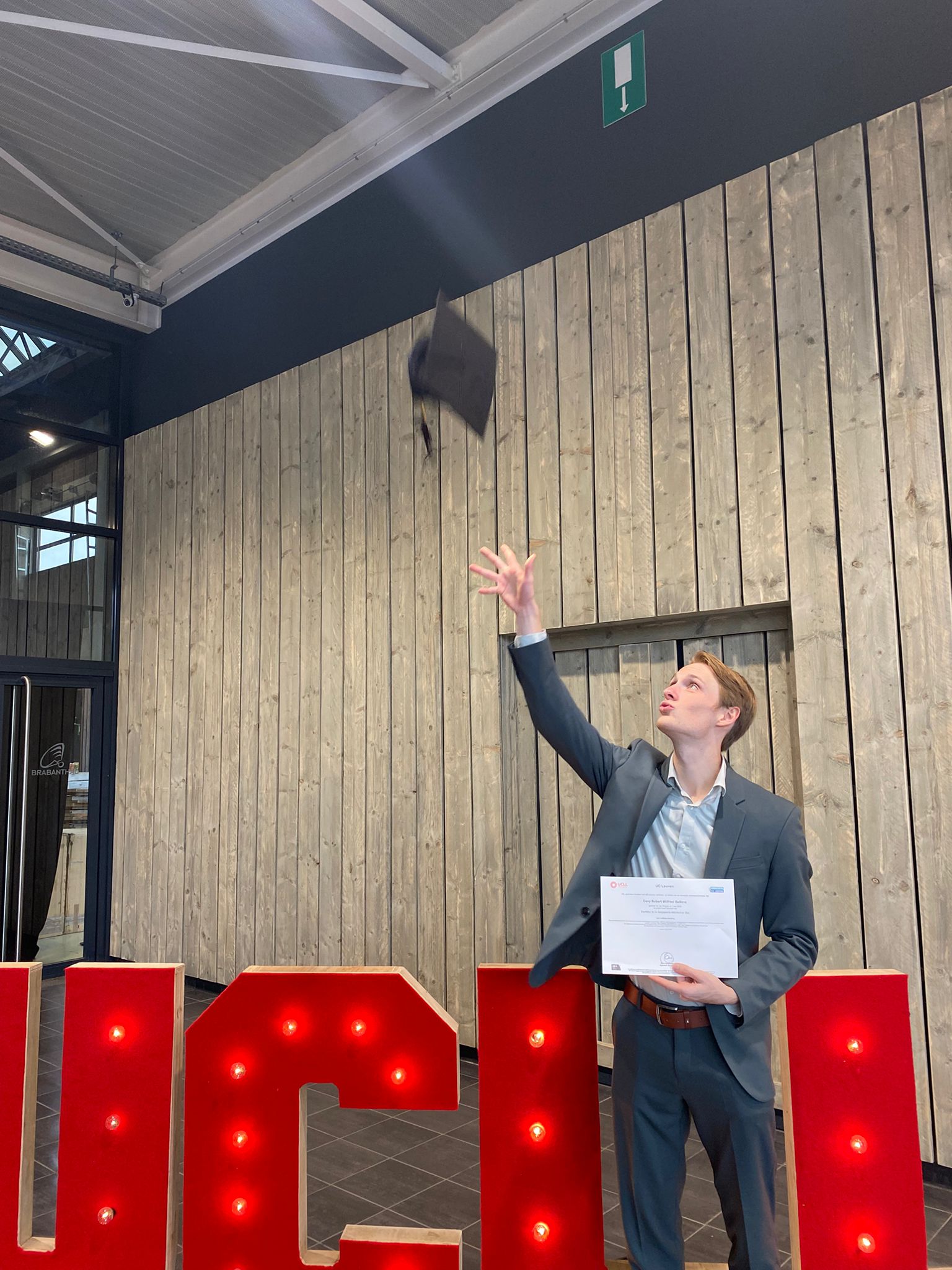
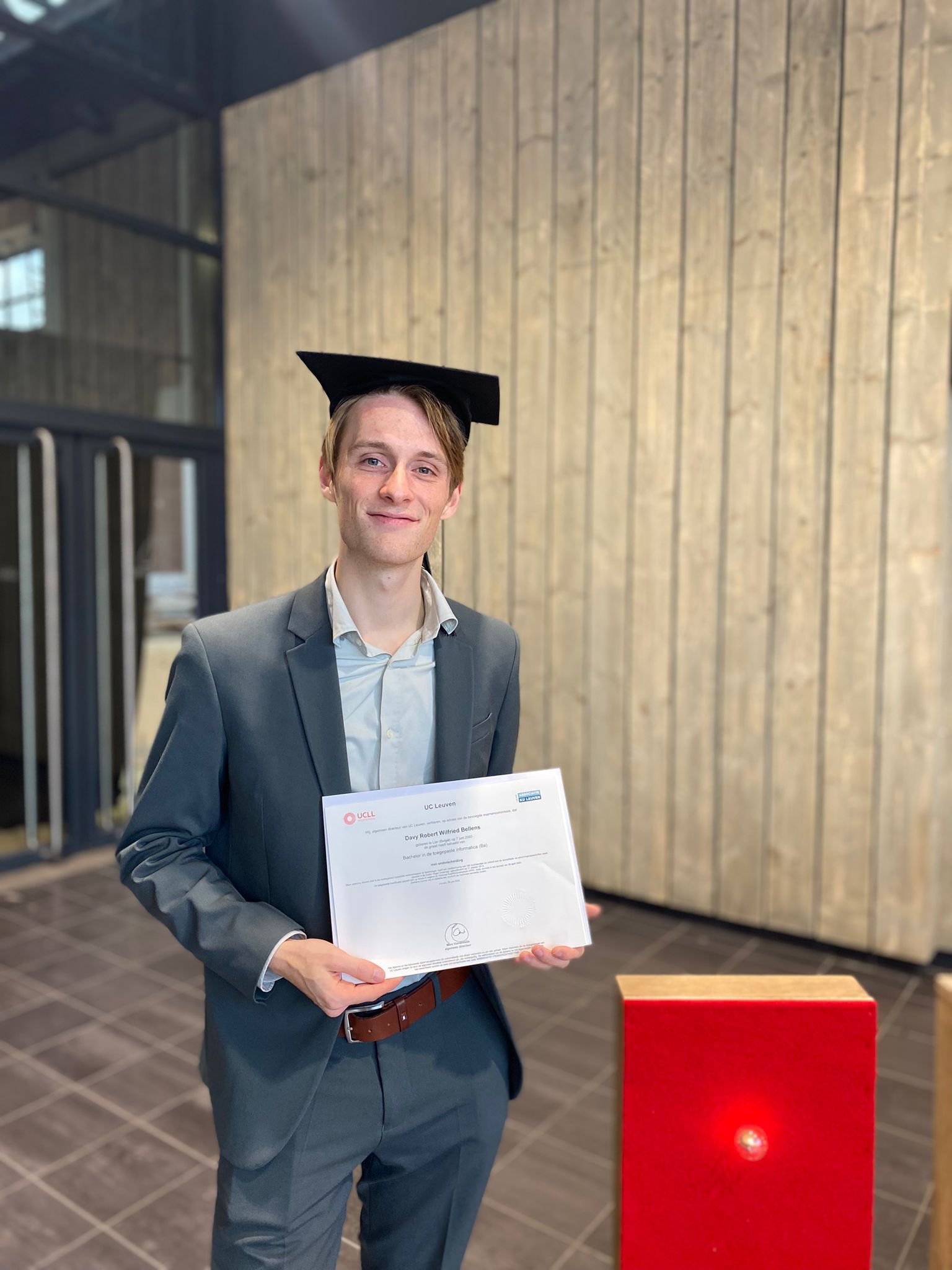

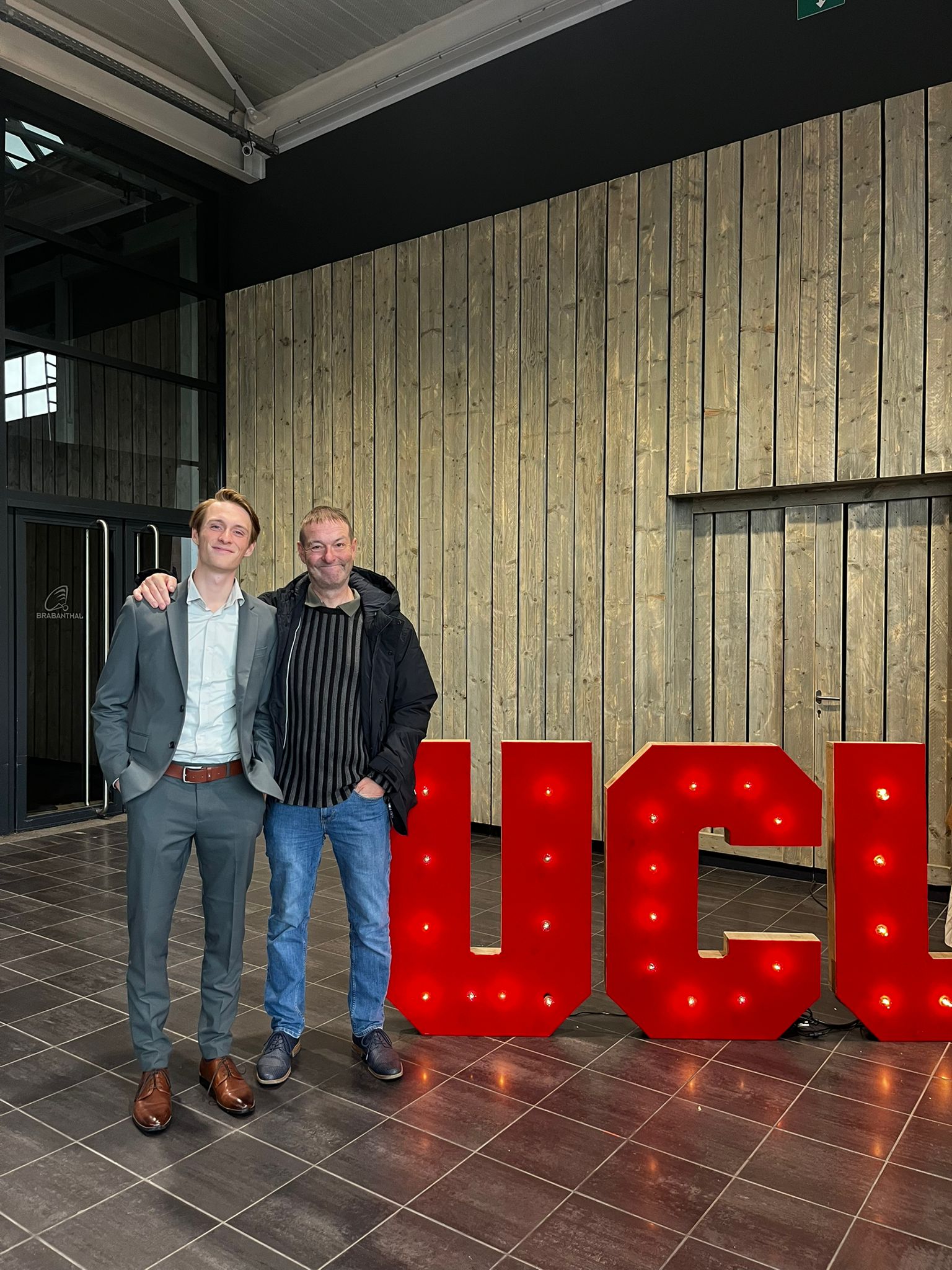
I'm grateful that I was able to celebrate this major achievement in my life, with the people I love most.
I'm currently enrolled in a bridge program at the University of Hasselt, preparing to pursue my master's in Computer Science.
While college offered hands-on experience, university provides a deeper, more abstract understanding.
This next phase is a chance to expand my knowledge in areas like artificial intelligence and software architecture, and also explore something newer to me: design.
Over time, I've come to believe that function alone is not enough, and design matters.
Systems should not only work, but feel intuitive and look beautiful, and I want to learn how to design such systems.
This shift began after reading The Design of Everyday Things by Don Norman.
It reshaped how I think about usability, showing that good design is rooted in empathy and clarity as much as in technology.
For now, the details are still forming, but I'm eager to put these ideas into practice.
I'll update this once the next chapter unfolds.
I wasn't sure whether to include this under education or work experience, as it was truly a combination of both.
Completing my internship at Deloitte is an accomplishment I'm genuinely proud of.
It was a unique opportunity to contribute to a world-class company, all while being guided and mentored by some truly amazing professionals.
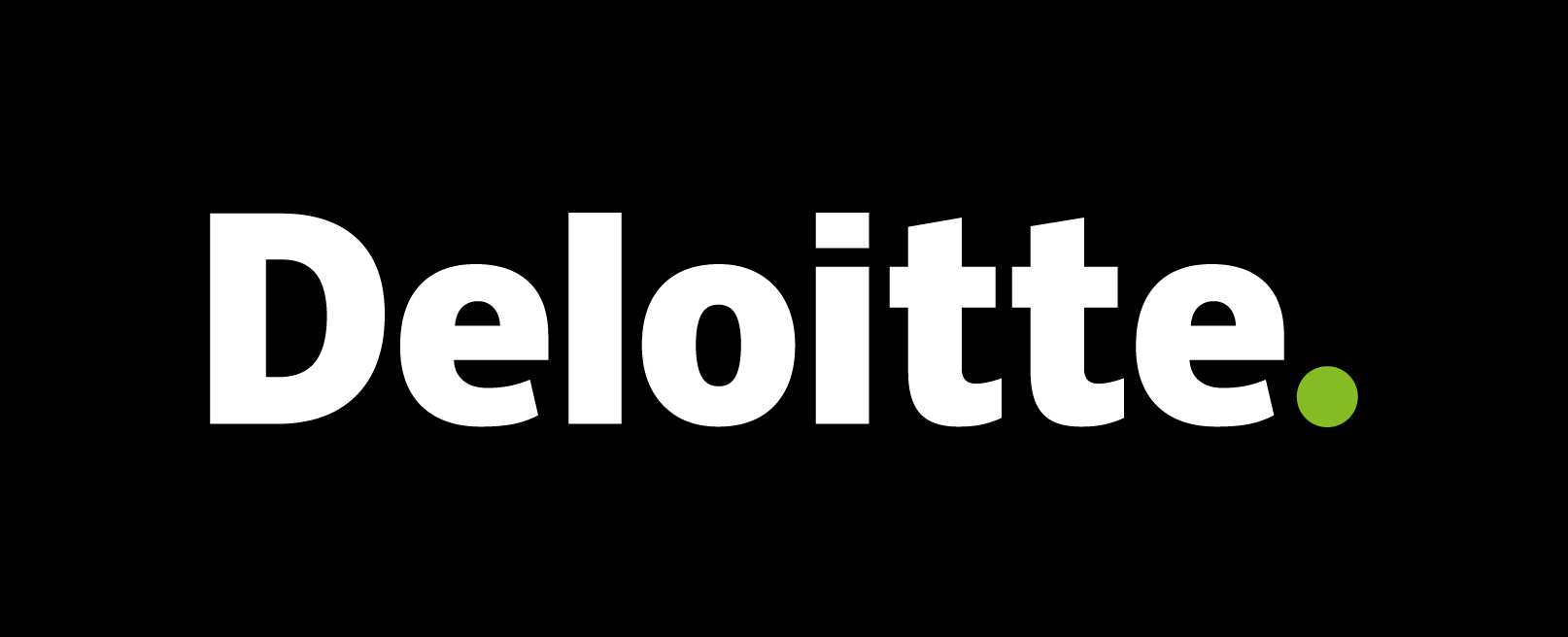
I was tasked with creating a chatbot for the Trademark Clearinghouse (TMCH).
I had never created a chatbot before, nor did I have a plan on how I to create one.
However, I was determined to deliver a great result.
So, I started by splitting the internship into three phases.
1. Collecting & organizing the data
2. Creating an intuitive interface
3. Enabling information retrieval
Collecting and organizing the data was a long and tedious process. I won't lie, I hated every minute of it.
I had to manually look everything up, and collect it in an Excel file.
Now, I'll admit it, I'm not exactly an Excel fan. Primarily because I simply have no clue how to use it.
Thankfully, my amazing colleagues helped me get through that rough patch.
In the end, I managed to organize the data by splitting it into main categories and then dividing those into smaller subcategories.
These subcategories contained the possible questions along with their respective answers.
This setup made it easy to link each question to its corresponding answer instantly.
Users could pick a category, choose their question, and immediately see the answer.
It might look like a fancy FAQ page, and that's kind of what it is. But it taught me that useful solutions don't always have to sound fancy.
With that, phases two and three were completed as well.
So, with time left in my internship, I decided to create an AI-powered chatbot.
I used Google Colab for GPU computing power and adapted my data into simple question-and-answer pairs.
I experimented with several base models and configurations, constantly adjusting hyperparameters for the best results.
Colab's free plan had its limits, and downloading large models for local testing often took nearly an hour.
In the end, I delivered a functional chatbot that could answer questions with reasonable accuracy.
The team was incredible and made me feel like a valued member.
They even surprised me with a goodbye gift:
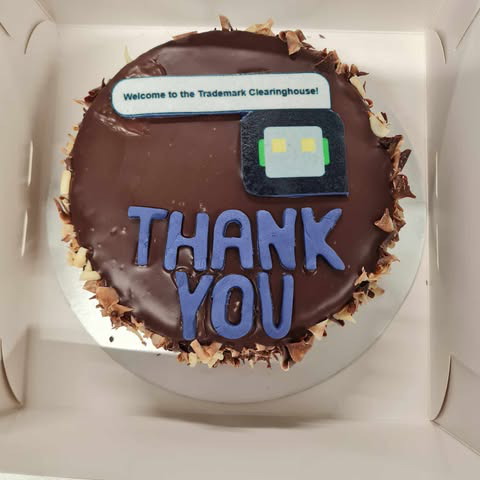
It was an amazing experience that I'll always look back on fondly.
During my studies, I have also been active outside of school.
I worked a few student jobs, my favorite being at VLIR-UOS.
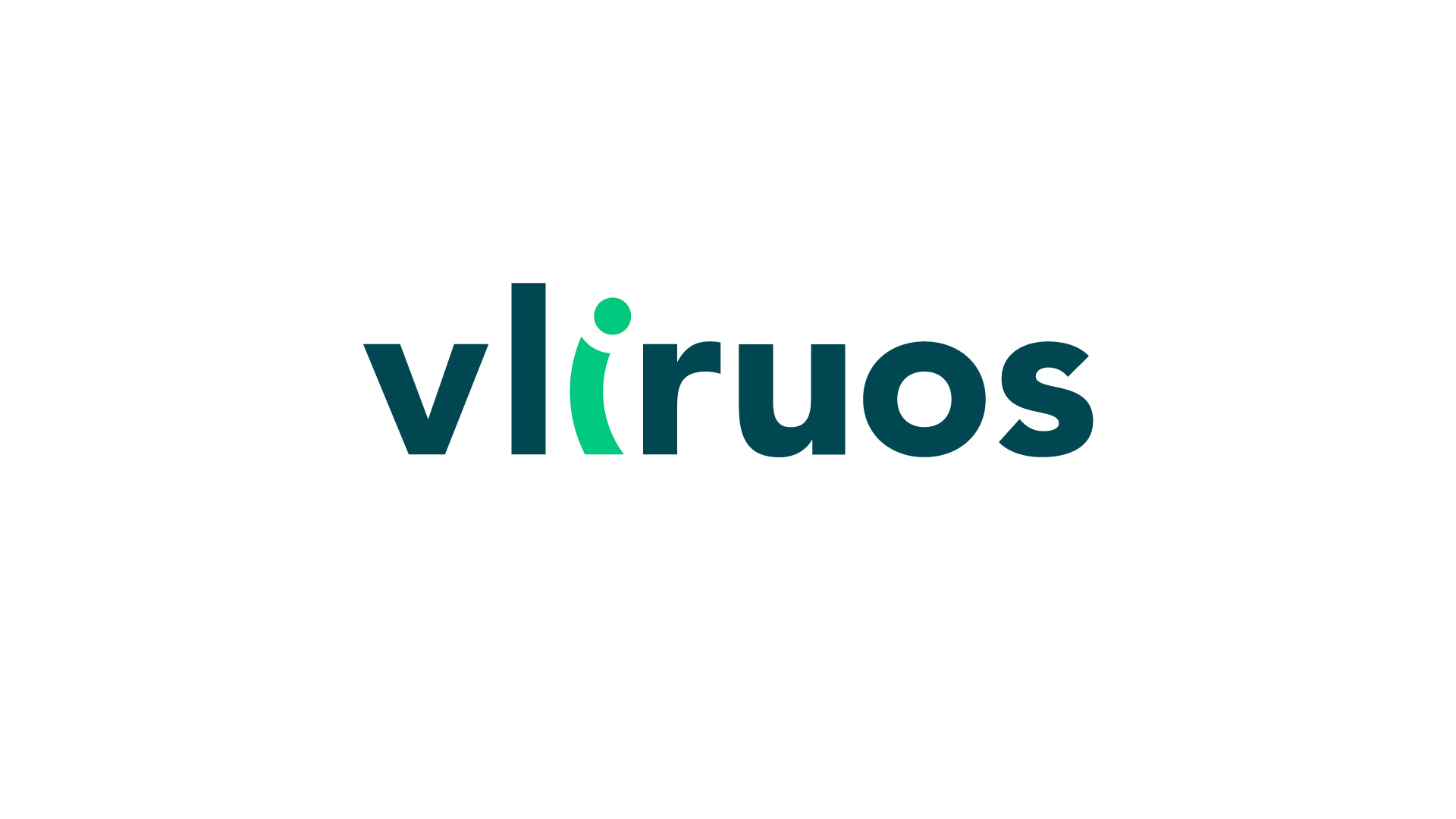
They're a Flemish organisation that funds scholarships and supports academic partnerships between Flanders and universities in Africa, Latin America, and Asia, with a focus on sustainable development.
I had the pleasure of working with them during last summer vacation and again this year.
My role is mainly administrative work, but with the freedom to approach it in my own way.
For me, that means plenty of Python scripting and a healthy dose of optimization.
Fun fact: in my first year there, they gave me a list of tasks meant to last the entire month.
I finished it by the end of the second week.
Another student job I have involves helping out at events. Introducing: Radarwerk.

They provide teams of students to help at events, from assembling and disassembling stages to laying floors, serving drinks and managing crowds.
Because their work is varied and flexible, I could pick shifts that fit my schedule, both during the academic year and over the summer.
Throughout school, I've completed multiple projects.
The first major one was an IoT-based watering system for plants.
The MVP allowed users to water their plants remotely while away from home. However, we took it much further.
Users could upload a photo of their plant, and our system would query an API to identify its species, determine optimal watering frequency, and calculate the precise amount of water needed.
We integrated an auto-watering feature that activated whenever soil humidity dropped below a critical threshold.
We even added a card reader, allowing users to quickly scan their card to dispense water without opening the platform.
With time to spare, we built a 3D game where players could walk around and water their virtual plants which, in turn, watered the real ones.
For extra immersion, users could upload a 3D scan of their plant.
We first tested the feature by scanning one of our teammates, and later used a 3D scan of our lecturer for the live demonstration.
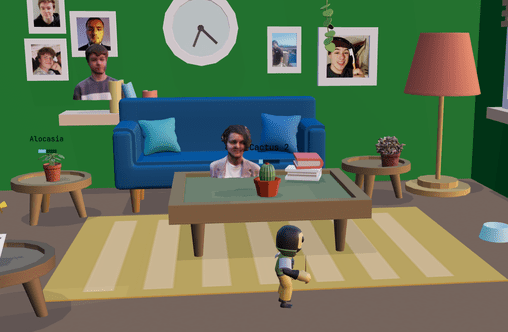
This was, without a doubt, the most exciting and enjoyable project I worked on in school. It perfectly blended creativity, technology, and teamwork. This made every step of the process genuinely fun.
The next major project involved developing a web application to log volunteer work at Rock Werchter, one of Belgium's largest music festivals.
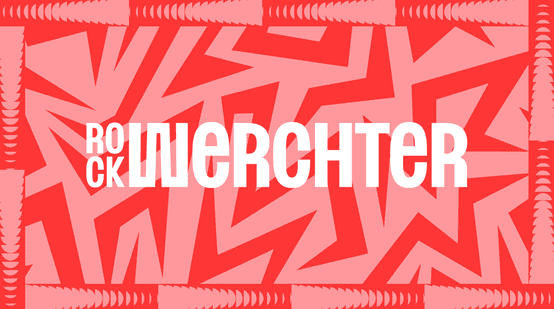
Before our system, organizers used tally marks on paper, a method prone to errors and without real-time tracking.
Although it provided some basic information, such as indicating rush hours, the process was inefficient and lacked digital capabilities.
Our task was to develop a user-friendly web application for volunteers to report their work easily.
The data would be collected and accessible at any time, enabling real-time, up-to-date statistics.
As Product Owner, I worked directly with the client to gather their ideas and turn them into clear user stories.
This project was instrumental in developing my skills as a Product Owner. While my early efforts required improvement, the challenges helped me adapt quickly and refine my approach.
These experiences gradually boosted my confidence, and helped me navigate the role more effectively.
Our team was composed of twelve members: four seniors and eight juniors. The seniors filled the roles of Product Owner, Scrum Master, QA lead, and DevOps engineer, while the juniors served as developers.
Our lecturers strictly discouraged us seniors from writing any code, as the project's focus was not technical implementation.
The true essence lay in applying Agile methodology in a real-client environment and collaborating effectively within a team.
After three intensive months, we finally presented our solution.
Despite some initial challenges, the client was very pleased with the outcome.
For my bachelor's project, I had the opportunity to collaborate with Belgium's largest and most prestigious university: KU Leuven.
Their digitisation department required a tool to perform prechecks on scanned documents, automatically identifying recurring errors.
Working in a team of four, we developed a system that leveraged Optical Character Recognition (OCR) to streamline this process.
Once again, I assumed the role of Product Owner.
This time, I applied many lessons from previous projects, taking a proactive approach and maintaining regular communication with the client.
Building trust in our expertise was a priority, even amid uncertainties, which was reflected in their positive feedback.
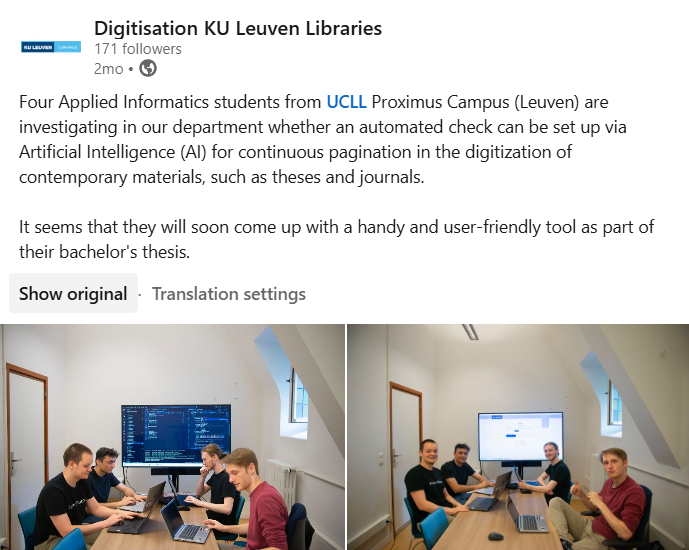 A LinkedIn post they shared about our work.
A LinkedIn post they shared about our work.
We utilized the Tesseract OCR engine to detect characters and anomalies in scanned documents.
Our implementation was primarily in Python, where we built a flexible pipeline to identify known errors.
We also explored using Rust for its performance benefits, even experimenting with a hybrid pipeline, but ultimately prioritized Python for its rich ecosystem and flexibility.
Initially, I considered bypassing Tesseract altogether by developing a custom algorithm to interpret characters directly from raw bytes.
This approach would have been similar to early versions of Tesseract.
Back then, it sounded like an exciting challenge.
Then I remembered that our actual job was to deliver a working solution on time, not to spend weeks reinventing the wheel just to see if it would spin.
So, the custom OCR idea was politely escorted out of the sprint planning meeting.
Still, it's one of those ideas I can't quite let go of.
Outside of school, I also actively seek opportunities to gain practical experience.
One of my most significant achievements was independently developing a dating app from scratch.
The idea came when several sororities at the University of Antwerp wanted to host a Tinder-inspired party.
My girlfriend, who was part of the management of one of those sororities, suggested I take on the challenge.
Over the following months, I dedicated myself to creating what would become the largest and most ambitious project of my life so far.
I do have pictures, but fair warning, this was before I developed a passion for design.

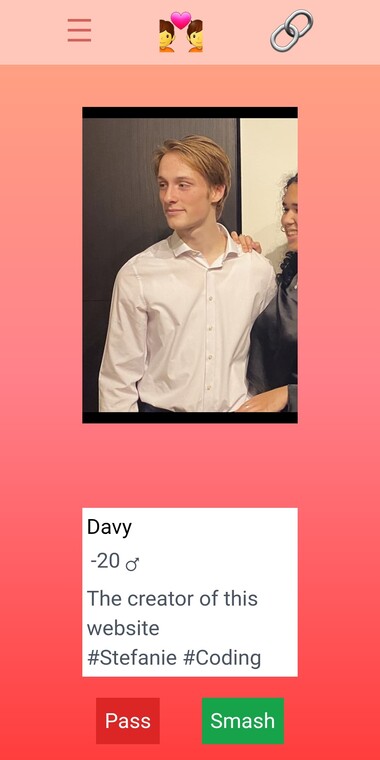

At the time, I was deep in my engineering phase: focused solely on building, with little regard for aesthetics.
The result was a user interface so bad it still haunts me to this day.
It was buggy, poorly tested, and plagued by a critical flaw.
When you swiped someone left or right, the system created a record containing your ID, their ID, and the swipe direction.
If you swiped right, it would check whether a record existed that contained both IDs.
The problem? It didn't check the direction.
This meant that if someone swiped you left (rejected you) and you later swiped them right, the system would think:
“Yup, they swiped you! Congratulations — it's a match.”
Fortunately, most people found it amusing, but the experience did teach me the importance of thorough testing and accounting for every possible scenario.
I'm now working on an improved version of the system, which I expect to complete by early 2026.
I hope you enjoyed it and got to know me a little better.
This is just the beginning, and I believe the best chapters are still to come.
Let's see where the story leads.
Credits to Creator Assets for the audio files.0/25
